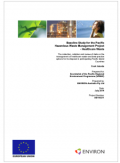
This report presents findings and offers recommendations of an assessment conducted for the Cook Islands on the management of healthcare waste and best practice options for its disposal.
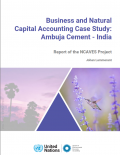
This case study examines alignment between the natural capital accounting approach of Ambuja Cement in India with the System of Environmental-Economic Accounting.
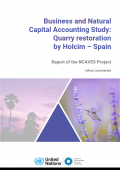
This case study examines alignment between the natural capital accounting approach of Holcim in Spain with the System of Environmental-Economic Accounting (SEEA), with a particular focus on biodiversity measurement for quarry restoration efforts.
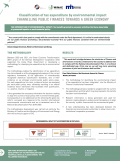
This case study analyses how tax expenditures are classified and instrumentalized for climate impact in Costa Rica.

The paper outlines how integrated sustainable solid waste management in the Marshall Islands can improve existing waste collection and disposal practices.
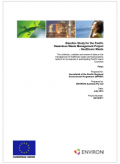
This report presents findings and offers recommendations of an assessment conducted for Palau on the management of healthcare waste and best practice options for its disposal.

These country profiles summarize priority areas, including healthcare waste, e-waste and asbestos, in an effort to improve regional hazardous waste management across the Pacific.
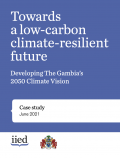
This case study reports on The Gambia's 2050 Climate Vision, highlighting short-term action and innovative planning for a low-carbon and climate-resilient policy landscape.
This case study provides an overview of the role of strategic planning in Pakistan's hydropower infrastructure. The study illustrates the first of the ten International Good Practice Principles for Sustainable Infrastructure: Strategic Planning, documenting a Strategic Environmental Assessment of hydropower projects in the Azad Jammu and Kashmir region.
This case study is based on the findings from the assessment of the Greater Banjul Project 2040. With the help of the Capacity Assessment Tool for Infrastructure (CAT-I), researchers identified the potential barriers to the planning, delivery, and management of sustainable infrastructure projects faced by the Gambian government. This study illustrates the first of the ten International Good Principles of Sustainable Infrastructure: Strategic Planning.
